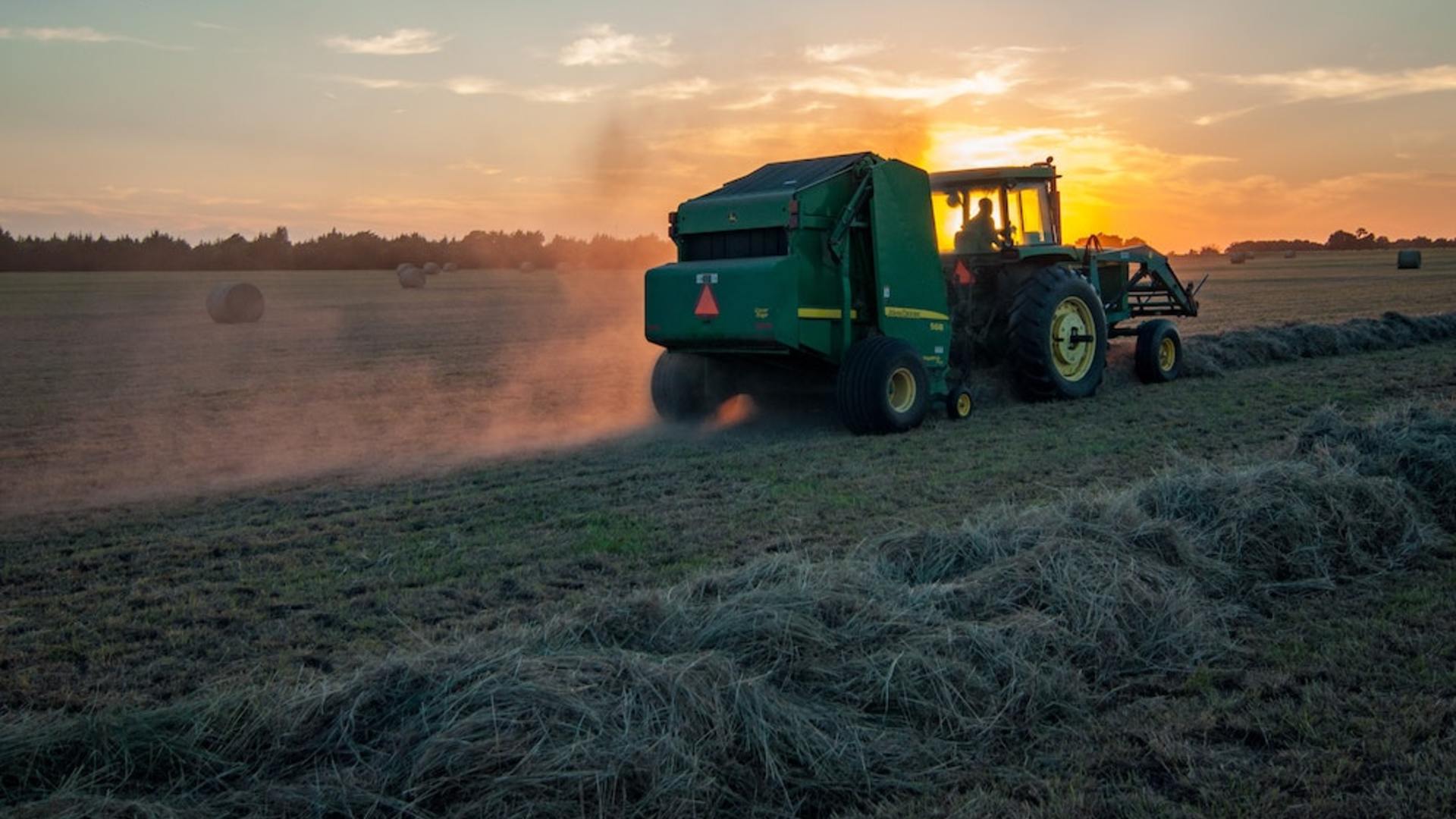Dates / Project duration
January 2019 - December 2022 / 4 years
Integrated and sustainable management of water resources
Monaco

United States
Stroud Water Research Center
?From a socio-economic perspective, the biggest scientific challenge on a global scale is to provide sufficient clean fresh water for humans and wildlife while being able to feed a population of approximately 8 billion, which is increasing at a rate of 80 million people per year.
Healthy soils and clean fresh water are essential for sustainable productive agriculture. Conventional agricultural activities (plowing, use of synthetic fertilizers and massive application of pesticides) have contributed to impoverishing the soil, reducing the infiltration and storage of rainwater, increasing runoff and the escape of sediments, nutrients, pesticides and other pollutants of cultivated fields, thereby significantly degrading underground and surface aquifer systems and releasing massive amounts of soil carbon dioxide into the atmosphere. In a recent study in the United States, 46% of the streams and rivers were rated in poor condition. It has been reported that nearly 70% of the fauna usually living in these rivers has disappeared.
Therefore, the development of agricultural practices that restore soil health and limit runoff is essential for improved water quality and greater carbon sequestration in the soil.
This project assesses the consequences on water quality and soil health of new agricultural approaches such as no-till, continuous cover crops and the elimination of synthetic fertilizers and pesticides (especially neonicotinoids).
No-till cultivation is a simplified cultivation technique used in agriculture or forestry, based on the direct introduction of the seed into the soil, without going through tillage between the sown rows or in depth in the case of agriculture, nor by cultivation in a nursery in the case of forestry. The continuous cover cropping technique is a temporary crop of fast-growing plants intended to protect the plots between two cash crops. These covers are also compulsory in certain regions or areas because of the risk of water pollution by nitrates.
Through rigorous monitoring of hydrology, water quality and soil condition in three treatment fields and three other control fields, the project documents the amplitude and evolution of: (1) the carbon sequestration in the soil; (2) improving soil biodiversity; (3) improved soil characteristics (mass density, infiltration rate and water storage) allowing better infiltration and better storage of rainwater while reducing runoff and irrigation needs; (4) reduction of sediment, nutrient and pesticide inputs to freshwater systems; and (5) improved crops.

